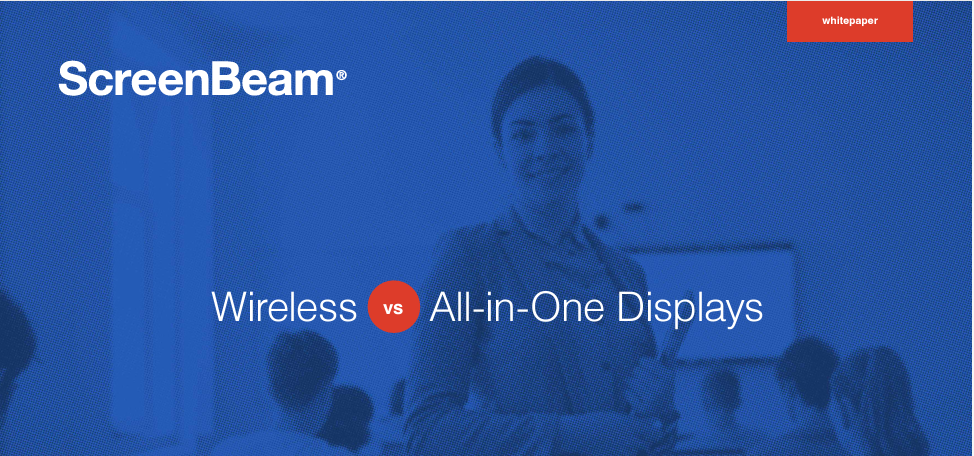Why All-in-One Smart Displays Fail to Keep Students Engaged and How Technology Integrators Can Help

When they first launched, all-in-one smart displays represented a giant leap forward in classroom technology. They enabled an interactive learning experience like teachers had never experienced before, making videos, handwritten text, slideshows, and graphics accessible with a click.
But it wasn’t long before teachers realized all-in-one displays created nearly as many problems as they solved. Click boxes, pens, and gizmos can’t save the clunky interface or connectivity issues. Even as teachers try their best to learn the technology, it inevitably ends up distracting from the classroom experience.
Understanding How Educators Teach “In the Power Zone”
To understand the struggles of a modern teacher, it’s important to realize how – and where – teachers gain and maintain students’ attention. Several teaching books spotlight “The Power Zone” as the space that puts the teacher in close physical proximity to students.
In the book Teach Like a Champion, Doug Lemov referred to teaching in the Power Zone as “Breaking the Plane.” He described the plane as an invisible line that runs across the center of the room, with the teacher’s desk at the front of the room, as if on a stage.
Studies show that students learn better and stay on-task more easily when the teacher spends more time in the Power Zone, breaking that invisible plane. Teacher-student proximity also reduces discipline issues and improves teaching, regardless of the instructional method.
Blended learning, where teachers employ different modalities, also works better if the teacher is not tethered to a device.
However, interactive flat panels tether teachers to the front of the room, with the students’ focus on the screen rather than on the teacher.
So how can we, as technology professionals, help create a learning environment that keeps students focused on the teacher for a more immersive classroom experience?
Wireless Screen Sharing with ScreenBeam: Keeping Teachers in the Power Zone
When we integrate user-friendly technology to create an untethered classroom, we can help teachers and students, alike, play an interactive role in daily instruction.
Standardizing on ScreenBeam creates a dedicated wireless solution that works with any display by connecting with native software for an intuitive, user-friendly experience.
The ScreenBeam system for educational facilities includes two simple components: the ScreenBeam 1000 EDU Gen 2 Wireless Display Receiver, with an integrated whiteboard application, and for 1:1 technology classrooms, Orchestrate by ScreenBeam, an instructional tool for classroom orchestration and student management.
ScreenBeam stands head-and-shoulders above interactive flat panels and consumer-grade wireless display solutions such as screen mirroring technology requiring dongles.
This app-free, cross-platform solution works with virtually any internet-connected device to send any content to any screen in the room, without requiring hours of training for users. It even offers multi-view mode without an app, putting teachers in control of the classroom while enabling students to share their content with a click.
The process is seamless, with no latency delays inherent in the system. It can work as fast as your wireless device and network connection allow. And, if there’s ever a problem, ScreenBeam is here to offer reliable, U.S.-based service and support.
Drawbacks of Interactive Flat Panels and Free Wireless Content-Sharing Solutions
For decades, teachers have been relying on IFPs and wireless screen-sharing apps to enjoy a fraction of the capabilities ScreenBeam puts at their fingertips.
Some of the drawbacks of other solutions include:
- No support for 4K content
- Lack of customer service and support
- Difficult to integrate on a large scale
- Poor performance in dense RF environments like schools
- High costs for installation and management of IFPs
- High repair costs for IFPs
Learn More About How the Right Display Technology Can Help Untether Teachers to Improve the Classroom Experience
Intrigued by the prospect of untethering teachers to create an immersive learning environment? Looking for a solution that can send any content to any screen at any time – with no wires or dongles?
You can learn more about how ScreenBeam can enhance and re-imagine the classroom experience in our white paper: Wireless vs. All-in-One Displays: Why Starting with Wireless Just Makes Sense